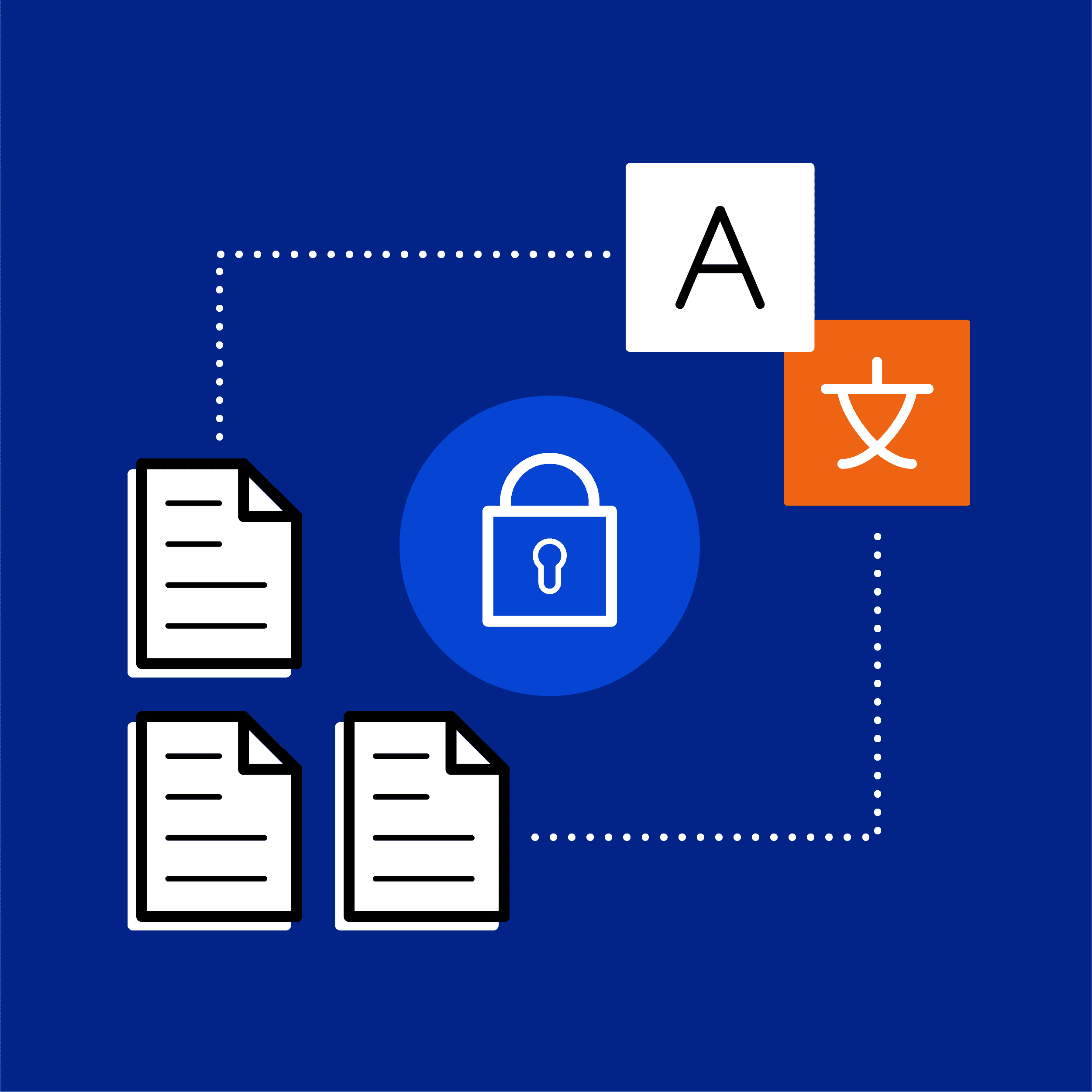The content you create for your medical product must adhere to the highest standards. It must be concisely and clearly written so that users can easily understand it. Failure to use your company’s product correctly could result in patient risk and even death. By extension, that content when translated to other languages must adhere to the same standards. Quality in product creation and documentation is regularly managed according to ISO standard 13485–Medical Devices--Quality Management Systems. If you outsource your translations, does your translation provider need to be certified for ISO 13485?
What is ISO 13485?
ISO 13485 is a standard of the International Standards Organization based in Switzerland. The standard is intended to guide companies on establishing a Quality Management System for the manufacture of medical devices.
How Does it Differ From Other ISO Standards?
ISO 13485 is related to ISO 9001, which is the generic standard for Quality Management Systems. ISO 9001 certification has been attained by thousands of companies worldwide and is not limited to manufacturers. It is also widely used by service companies to manage how quality is attained within their companies. It is held by hundreds of translation service providers across the globe.
ISO 9001 is a more generic standard that can be applied to any organization. ISO 13485 is specific to medical device manufacturing. It puts patient/consumer safety at the center of the standard. It requires increased documentation that results in greater traceability of activities throughout production.
How Does Translation Factor Into the Standard?
Since patient and consumer safety are at the heart of ISO 13485, effective communication of safety guidelines, settings, proper usage, dosages, exposure, etc. are of paramount importance. This is obvious for ethical reasons, but also to mitigate the manufacturer’s product liability.
It is vital that translation providers deliver complete, accurate, and unambiguous translations. High-quality translations must result in the proper and consistent use of the device that avoids harm to patients.
This emphasizes change management during the translation process. Large, complex translation projects usually entail document revisions and updates during the translation. ISO 13485-certified translation providers must have clearly defined and documented processes to handle this complexity.
How Do the Standard and Translation Process Intersect?
Since ISO 13485 requires traceability, it ensures that translation providers track who does what when in the translation process. If an error occurs, one must be able to ascertain the root cause of the error. Since translation is ultimately a human-driven process, that means they must be able to ascertain who caused the error. Both ISO 9001 and 13485 stress continuous improvement to address how errors are corrected.
What Does the Standard Cover Regarding Product Documentation?
ISO 13485 generally addresses two areas: product “labeling”, which entails all information that appears on or is disseminated with the product; and control of outsourcing.
Labelling
- Labels
- Instructions for use (IFUs)
- Any information related to…
- Identification
- Technical description
- Intended purpose
- Proper use of the medical device
- Excludes shipping documents
- The best quality assurance for your company’s translated content is high-quality source content.
- Create content with patient safety at the center
- Single-source authoring using medical documentation software to improve control, minimize effort
- Use translation/localization as a “stress test” for your content
Control Outsourcing
- Manufacturer must monitor and control outsourced processes
- The organization must ensure product conformity to requirements
- Controls must be proportionate to the risk involved
- Best level of control is having an ISO-certified vendor
- Avoids burdensome auditing by your company
- Sets clear requirements for vendor
- Reduces your liability by enforcing traceability
- Document that you are relying on your ISO 13485 vendor’s certification as part of your quality management
- Include vendor’s ISO certificate in your documentation
What Does Certification Mean for Your Company and Your Translation Provider?
In the end, ISO 13485 certification of your translation partner means a smoother and more reliable translation process for then and you. If your company is ISO 13485-certified, you can rely on your vendor’s certification as an extension of yours.
As in any outsourcing situation, you must have a relationship of trust with your translation vendor. It is important that you objectively assess their capabilities and the effectiveness of their quality management system. They should be able to demonstrate how they fulfill the requirements of ISO 13485.
Want to learn more about ISO 13485 and translation? Do not hesitate to reach out to sales@madtranslations or watch our webinar on "Why ISO 13485 Matters if You’re Translating Medical Content".










